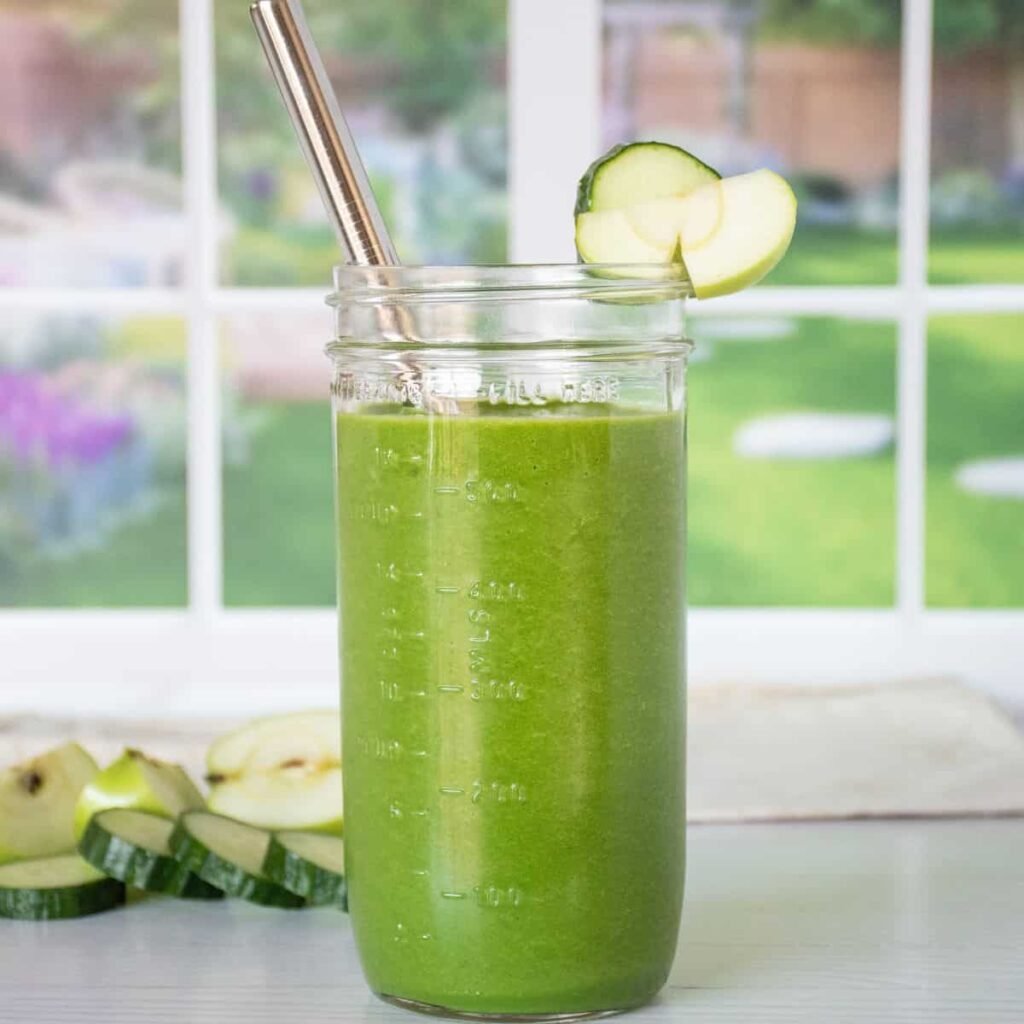Nutrition
Sobolo

Sobolo, also known as hibiscus tea, is a popular and refreshing drink found in parts of Africa, particularly in Ghana.
Ingredients:
2 cups of dried hibiscus flowers
8 cups of water
1 cup of sugar (adjust to taste)
Ginger (a medium-sized piece), grated
Optional: Pineapple juice, lemon juice, or mint leaves for extra flavour
Preparation:
-Boil water in a large bowl.
-Once the water is boiling, add the dried hibiscus flowers and grated ginger.
-Also, add the peels of the pineapple and lemon to the boiling mixture to give it a strong scent and flavour.
-Reduce the heat and let it simmer for about 20-30 minutes. The longer it simmers, the stronger the flavour.
-After simmering, turn off the heat
and strain the mixture to remove the flowers, peels, and ginger.
-While the liquid is still hot, add sugar to your taste and stir until it’s completely dissolved.
-If you want to add more flavours, now is the time to add pineapple juice, lemon juice, or mint leaves. This step is optional but can enhance the taste.
– Let the sobolo cool down to room temperature. Once cooled, you can refrigerate it until it’s chilled.
-Serve the sobolo chilled. You can garnish it with lemon slices or mint leaves for a refreshing and appealing look.
– Boil about a cup of water and dissolve your sugar in it to make a concentrated syrup and pour in your sobolo. This method works better than adding sugar directly.
Enjoy your homemade Sobolo, a perfect drink for any occasion!
Source: Pulse.com
Nutrition
Palm nut soup

Palm nut soup is a Ghanaian dish that can be served with so many foods. It has a rich base of palm nuts combined with tomatoes and various vegetables that makes it very nutritious.
Preparation
Ingredients
– 1 kilogramme of palm nut
– Half kilogramme of beef
-One kilogramme of goat meat
-Three large salmon
-One full tuna
– A handful of turkey berries
-Two large onions
-4 large tomatoes
-3 large garden eggs
– One tin of mackerel
-Ten large peppers
– One large ginger
-2 cloves of garlic
– Four fingers of okro
– Salt to taste
Instructions
-Wash, cook palm nut, turkey berries, and pepper and add salt to it.
-Grind palm nut, turkey berries and pepper with mortar and pestle or mini food processor.
-Wash goat meat, beef, Tuna, salt and put on fire.
– Blend onion, garlic, ginger and tomatoes and pour on the goat meat.
– Add smoked tuna and salmon and okro to the soup.
-Use a spoon or ladle to skim off the surface oil.
-Garnish the soup with the okro or garden eggs as desired.
-Serve with fufu, banku or Omo tuo.
Nutrition
Cucumber and apple smoothie

Ingredients
-Two medium sized cucumber
-Three apples
-Four tablespoonful of honey
-Crushed ice
-Two cups of yoghurt
-One tablespoonful of blended ginger
– One tablespoonful of celery and mint
Preparation

-Wash and slice cucumber, apple into smaller sizes
-Blend until it is smooth
-Add honey and a little water to it
-Add crushed ice and yoghurt
-Blend it till you achieve your desired texture
– Then serve







